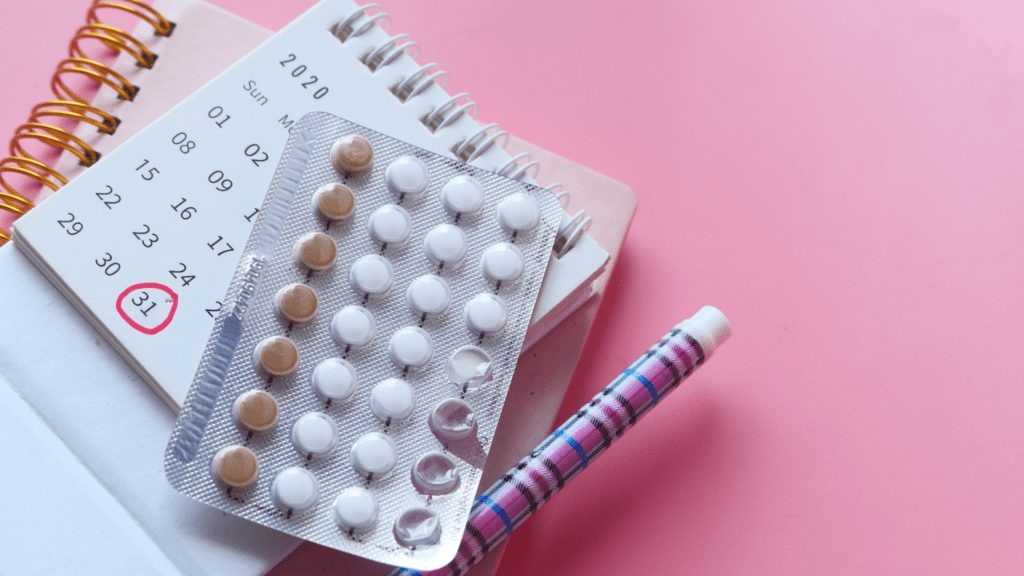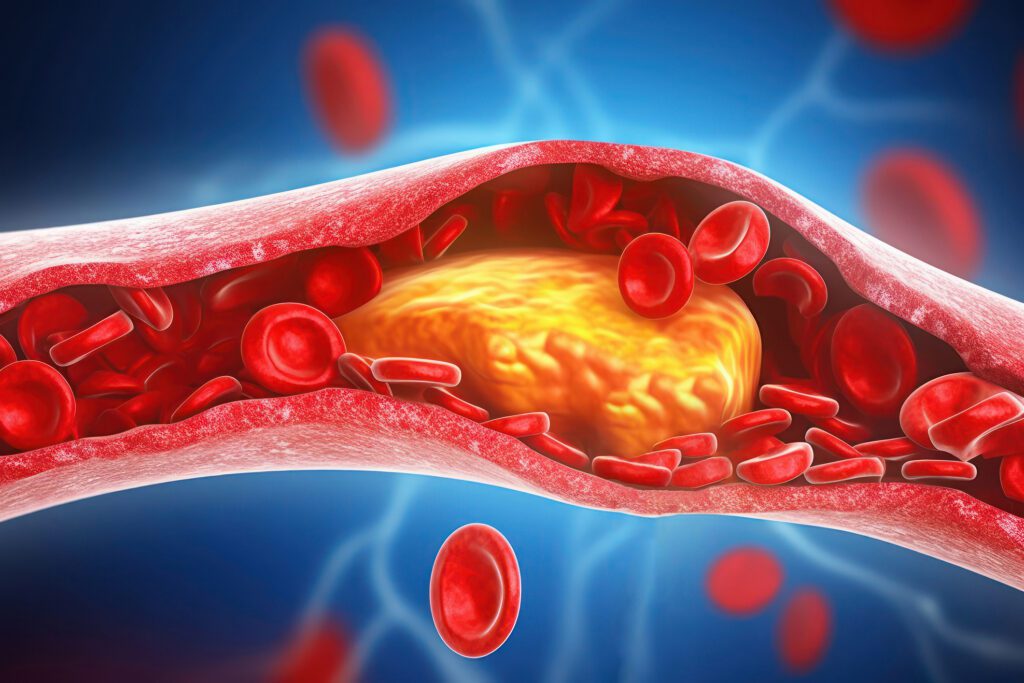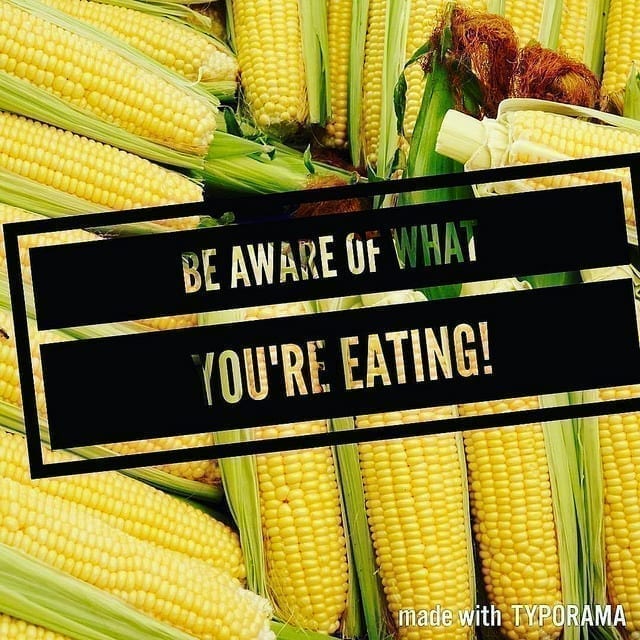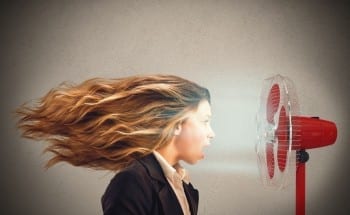
Exercise is important during every stage of life. Through every decade, season, indoors and out, exercise is essential for physical health but also emotional, mental and spiritual well-being.
About 80% of my practice is women. Regardless of the health concerns that walk through my front door, hormones always play a role in exercise and weight loss. Hormones either support your fitness goals and efforts because they are at optimal levels, OR they undermine your best intentions because they are out of balance, low, or in some cases, non-existent.
During peri-menopause and menopause, some hormones start to decline while others can increase and women gain weight. A common scenario that I see in practice is this: a woman that is in her 40’s or 50’s, she is cutting back calories, exercising more, and eating relatively clean… but the weight creeps up!
Hormones & the Muffin Top or… the Whole Muffin?!
Once upon a time, having a little muffin top was a common struggle. But with midlife comes a new midsection. Estrogen and progesterone levels do affect a woman’s fat-burning metabolism, albeit to a lesser extent than insulin, cortisol, thyroid and adrenaline. Estrogen is an insulin-sensitizing hormone and blunts the negative impact of cortisol – our stress hormone. Progesterone opposes the action of estrogen on insulin but works in concert with estrogen to control cortisol.
This is important because at menopause estrogen and progesterone levels begin to decline leaving insulin and cortisol to wreak havoc on one’s metabolism.
Insulin and cortisol, when combined in high amounts over long periods of time, push the female physiology towards storing fat when calories are high (as opposed to building muscle) and reduce the amount of fat burned when calories are low (burning muscle instead). This is an unhealthy combination for any woman, particularly a menopausal woman. Since insulin and cortisol may be the primary culprits in female belly fat storage, the transition into menopause often results in fat gain, especially around the middle, hence, the whole muffin.
Food is Medicine. Do you know what to eat?
During and after menopause, women react to carbohydrates. For example, the carbohydrates once eaten prior to menopause had significantly less impact to waistlines but now seem to be the predominant reason for a growing one. An insulin-centered approach is ideal over a calorie-centered one. Rather than reducing the number of calories eaten per day, the focus should be placed on the quality of calories and reducing starch and sugar intake. Don’t just limit refined sugars but also those foods that have potential insulin-promoting action. Examples include whole grain breads, sweet fruits, dairy and starchy vegetables. These might have been a central part of a lean diet in the past, but can now work against you. Reducing these foods while increasing low starch vegetables, such as low-sugar fruits (Berries, apples and pears) and protein, is a simple approach in dealing with menopausal weight gain and belly fat. It also helps to reduce associated risk factors like blood pressure, hemoglobin A1c and triglyceride levels.
Fitness Strategy – Is it time for you to change yours?
Women are more stress-sensitive during & after menopause. Stressful exercise and lack of sleep that was once tolerated in the lean, younger years, may now show on the waistline. This is due to cortisol production during intense exercise and long-duration exercise. This includes long-duration jogging or running, high intensity interval training (HIIT), metabolic conditioning or weight training. However, short duration, intense exercise helps to raise growth-promoting hormones such as HGH (human growth hormone) and testosterone. These hormones work with cortisol to burn fat and build or maintain muscle.
The challenge with long-duration exercise at menopause is the negative impacts of cortisol; it raises cortisol without the balancing action of the growth hormones and during menopause, this can cause more issues than it solves for weight gain. For this reason, shorter intense exercise is more beneficial.
In addition, relaxing activities such as leisure walking (not power walking), restorative yoga (not intense yoga), tai chi and other self-care practices such as massage therapy, sauna, meditation and prayer, can balance cortisol levels. Don’t overlook this practice as it can strengthen the adrenal glands and bring balance back into one’s life.
Conclusion
The combination of a low-insulin-promoting diet and a smarter exercise program can make a significant difference. A female body at menopause has unique challenges: a woman is more carbohydrate reactive; estrogen is unavailable to offset insulin, and; one is more stress sensitive because estrogen and progesterone are no longer there to dampen cortisol’s negative effect.
The mainstream message of today is to do more cardio, not less, and; to eat more whole grains, dairy and less protein. When in truth, the following shows to be most effective:
- 60 minute walk, leisurely and in nature
- Weight resistance training from 30-60 minutes 1 to 3 X/week
- Increase non-starchy vegetables. Reduce starchy foods, grains and dairy
- Increase high-protein foods like fish and chicken, and add a protein powder
- Build in restorative and relaxing activities such as yoga, laughter and massage.
If you’re not quite there yet, I hope this article provides some insight into tweaking your exercise and dietary routine. If your still unsure of where to begin, give me a call and we can work on it together!
References: Available upon Request.






